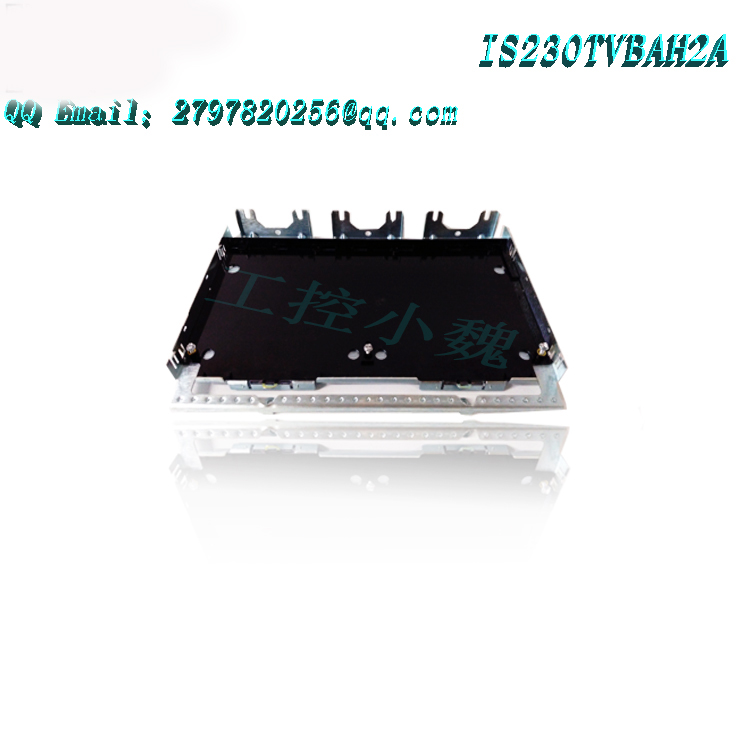Description
IS230TREAH3A – Turbine Emergency Trip Board is available in stock which ships the same day.
IS230TREAH3A – Turbine Emergency Trip Board comes in UNUSED as well as REBUILT condition.
To avail our best deals for IS230TREAH3A – Turbine Emergency Trip Board, contact us and we will get back to you within 24 hours.
Functional Description
IS230TREAH3A is a Turbine Emergency Trip Board developed by GE. It is a part of Mark VIe control system. The turbine emergency trip terminal board is a critical component within the Mark VIe system, designed to facilitate emergency trip functionalities and monitor vital aspects related to turbine operation. The terminal board includes two 48 pluggable Euro-style box terminals for customer input connections. These terminals serve as interface points for external inputs related to the turbine system.
Features
Passive Pulse Rate Devices: Nine passive pulse rate devices are integrated into the terminal board. These devices are specifically designed to sense a toothed wheel, enabling them to accurately measure the speed of the turbine.
Jumper Blocks for Speed Inputs: The terminal board incorporates jumper blocks that facilitate the fanning of one set of three speed inputs to all three PPRO I/O packs. This functionality enables efficient distribution of speed inputs across the PPRO I/O packs within the system.
Voltage Detection Circuits: The board incorporates four circuits capable of monitoring voltage within the range of 24-125 V DC. These circuits are dedicated to monitoring the trip string, ensuring proper voltage levels critical for trip functionality.
Daughterboard Connectors for Expansion: The terminal board includes connectors for daughterboards, offering the flexibility for optional feature expansions or additional functionalities to meet specific system requirements.
Connection Points for TMR Systems: In TMR configurations, signals from the terminal board are distributed to the JX1, JY1, and JZ1 DC-62 PPRO connectors. These connections enable the communication and distribution of critical signals within TMR systems, ensuring redundancy and reliability.
Installation
Wiring for Voltage Detection and Breaker Relay: The voltage detection circuits and the breaker relay are connected to the I/O box terminals situated at the top section of the board. These terminals are designated for handling connections related to voltage detection and breaker relay functionality.
Wiring for Passive Pulse Rate Pick-ups: Passive pulse rate pick-ups, responsible for measuring turbine speed, are wired to the lower terminals of the terminal board. These lower terminals are specifically allocated for connecting and interfacing with the passive pulse rate devices.
Terminal Configurations and Connection Points: All the wiring connections from the various components are facilitated through terminals that plug into a header located on the TREA (Turbine Trip Relay and Control) board. These terminals are designed to accommodate a single 12 AWG wire, ensuring secure connections.
Termination and Wire Compatibility: The terminals provided on the terminal board are designed to terminate connections efficiently and securely. They are structured to accept wires of up to 12 AWG size, allowing for appropriate wire gauge compatibility.
Header: The header on the board serves as a centralized connection point where all the wiring from voltage detection, breaker relay, and passive pulse rate pick-ups terminate. This centralized header facilitates organized and efficient wiring management for these critical components.
Frequently Asked Questions
What is IS230TREAH3A?
It is a turbine emergency trip board developed by GE under the Mark VIe series.
What does the EStop function involve?
The EStop function comprises an optically isolated input circuit engineered to accommodate a dc input range typically between 24 V to 125 V nominal.
What does the energization of this circuit enable?
When energized, the circuit enables the drive power to the coil in the X, Y, and Z relay circuits through distinct and independent hardware paths.
What is the response time of this EStop circuit?
The response time of this EStop circuit is less than five milliseconds, in addition to the response time of the trip relays, which is less than one millisecond. This combined response time results in a very swift EStop reaction.
Many products have not been listed yet. For more products, please contact us
If the product model is inconsistent with the displayed image, the model shall prevail. Please contact us for specific product images, and we will arrange for photos to be taken and confirmed in the warehouse
We have 16 shared warehouses worldwide, so sometimes it may take several hours to accurately return to you. We apologize for any inconvenience caused. Of course, we will respond to your concerns as soon as possible.
Popular model recommendations:
IS230TSPRH1C
IS200TPROS1CBB
IS200TPROS1CBB
IS200TREAH2AED
IS200TTURH1CFD
IS200TVBAH2ACC
IS200TVBAH2ACC
IS230SNCIH6A
IS230SNIDH1A
IS230SNRTH2A
Watlow Anafaze CLS200
VMICPCI-7806-21100
VMICPCI-7806-211000
NI SCXI-1193
MRU-M-SU1
GE VMIVME-7740-850
SC560 3BSE008105R1
SLS050301
More……


-1.jpg)
-1.jpg)
-300x300.jpg)
admin –
Passive Pulse Rate Devices: Nine passive pulse rate devices are integrated into the terminal board. These devices are specifically designed to sense a toothed wheel, enabling them to accurately measure the speed of the turbine.